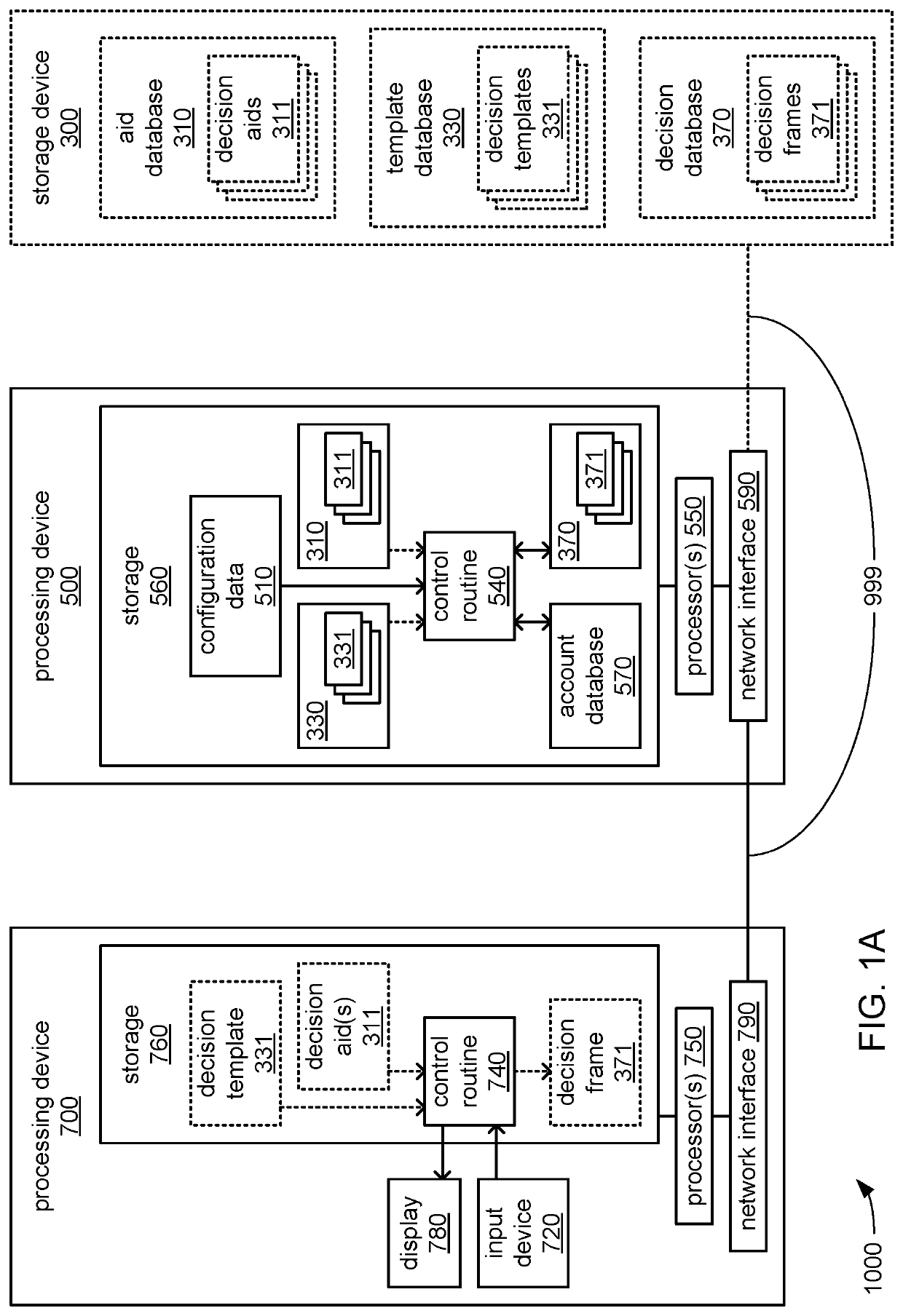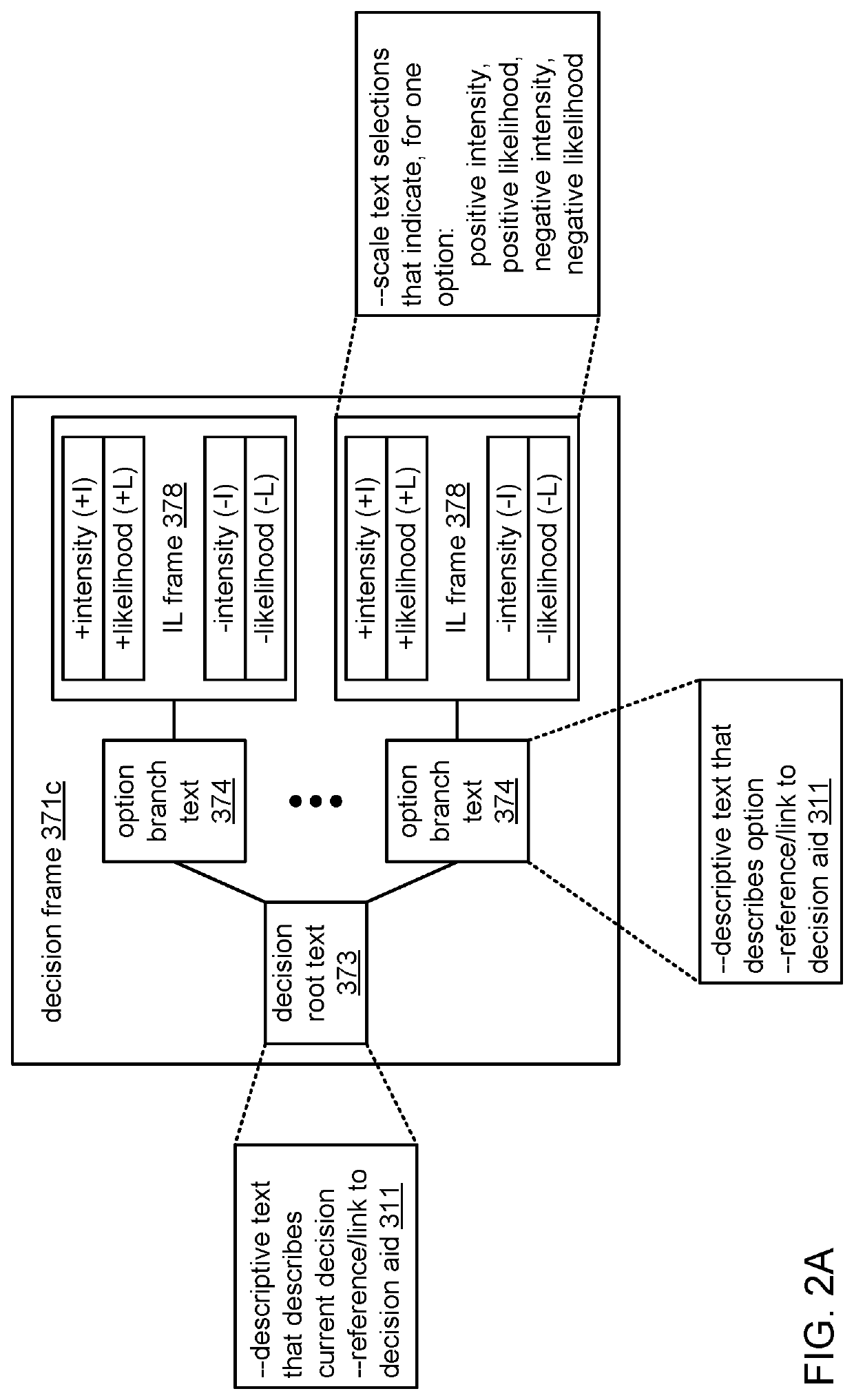This has lead to a corresponding temptation to view it as possible to create an artificial equivalent to the
human brain, or at least portions thereof, using such technologies.
Unfortunately, while EUT has been successfully utilized for economic and / or business decisions, it has proven far less successful in other areas of
decision making.
Thus, EUT has proven to be a relatively inaccurate model of
human decision making in areas outside of making economic and / or business decisions.
Thus, looking back at EUT, it may be argued that such
decision making models are destined to be unsuccessful in areas of
decision making outside of economic and / or business decisions, because such
decision making models as EUT employ instrumental rationality almost to the exclusion of value rationality.
While EUT may be representative of
decision making models that may be faulted for excluding value rationality, the variety of decision making that is often seen
day to day in the medical field may be faulted for excluding instrumental rationality and / or for employing value rationality based on values other than those of a patient.
This has proven to be the case especially in
emergency situations in which decisions must be made quickly and / or where the patient is unconscious such that they cannot participate in decision making, at all.
Often, and out of necessity, this results in problem-centered care where there is an immediate goal of addressing the problem, and not much deliberation concerning pros and
cons of various options for doing so.
Unfortunately, even in non-
emergency situations in which there is more time to make decisions, and in which the patient is available and actively seeking to participate in making decisions concerning their own care, various factors associated with medical culture and the complexities of medical treatments often conspire to cause the decision making to remain problem-centered, and to continue to fail to incorporate instrumental rationality, or value rationality based on values of the patient.
And yet, it has been observed that younger generations are not as routinely trusting of doctors' decisions as older generations, and have been more willing to question the thinking employed by doctors, as well as the results achieved.
Thus, doctors are increasingly encountering patients who insist on being more involved in planning their
medical care, and who are more likely to feel dissatisfied with the results (even arguably positive results) if they feel somehow prevented from becoming so involved.
Unfortunately, many of such efforts to provide SDM have been generally unsuccessful.
Unfortunately, despite being intended to better enable
patient participation in patient care decision making, such “decision aids” have often paradoxically had the effect of overwhelming patients with information to an extent that they are too lost in the details of possible options to be so enabled.
A frequent result is that patients find themselves forced to revert to leaning on the judgment of the medical professionals that they wanted to share the decision making process with such that the decision making process largely reverts back to being made by those medical professionals with little input from the patients.
It may we be that some of the difficulty that patients encounter in trying to participate in decisions concerning their own health care may result from commonplace limitations of the
human brain.
Initially, each of the individual digits are treated by the human brain as a separate chunk, which is part of the reason why retaining all of the digits of a new phone number in
short term memory can be very challenging, at first.
As a result, even considering the multiple details of just one option for what to do in response to just a single medical condition can swiftly overwhelm the limitations of short-
term memory, thereby leading to a patient being operationally overwhelmed in trying to participate in decisions about their own
medical care.
 Login to View More
Login to View More  Login to View More
Login to View More 


